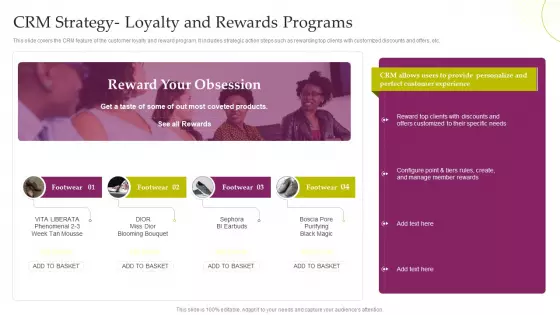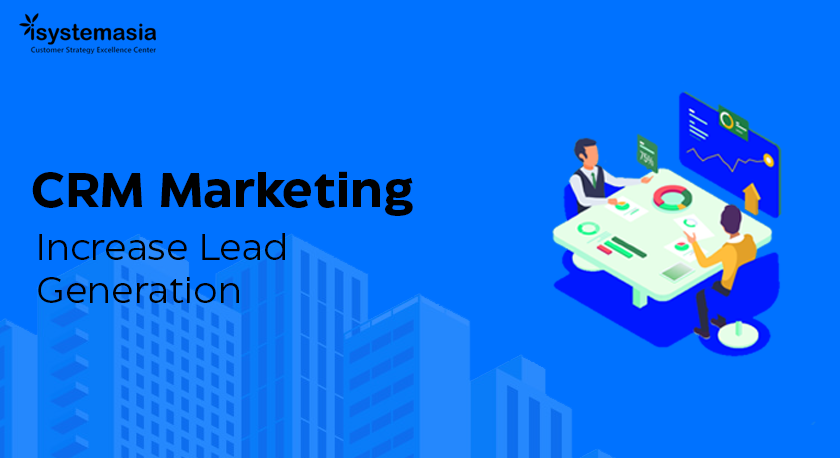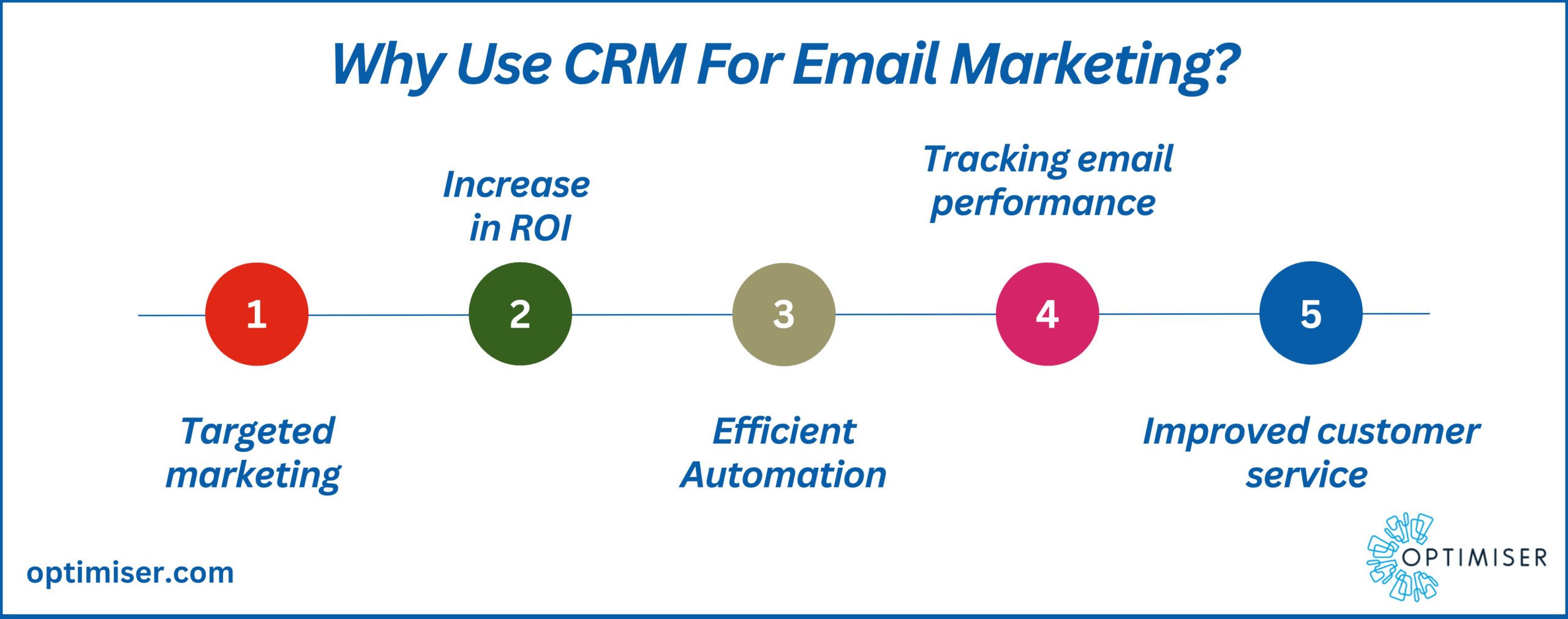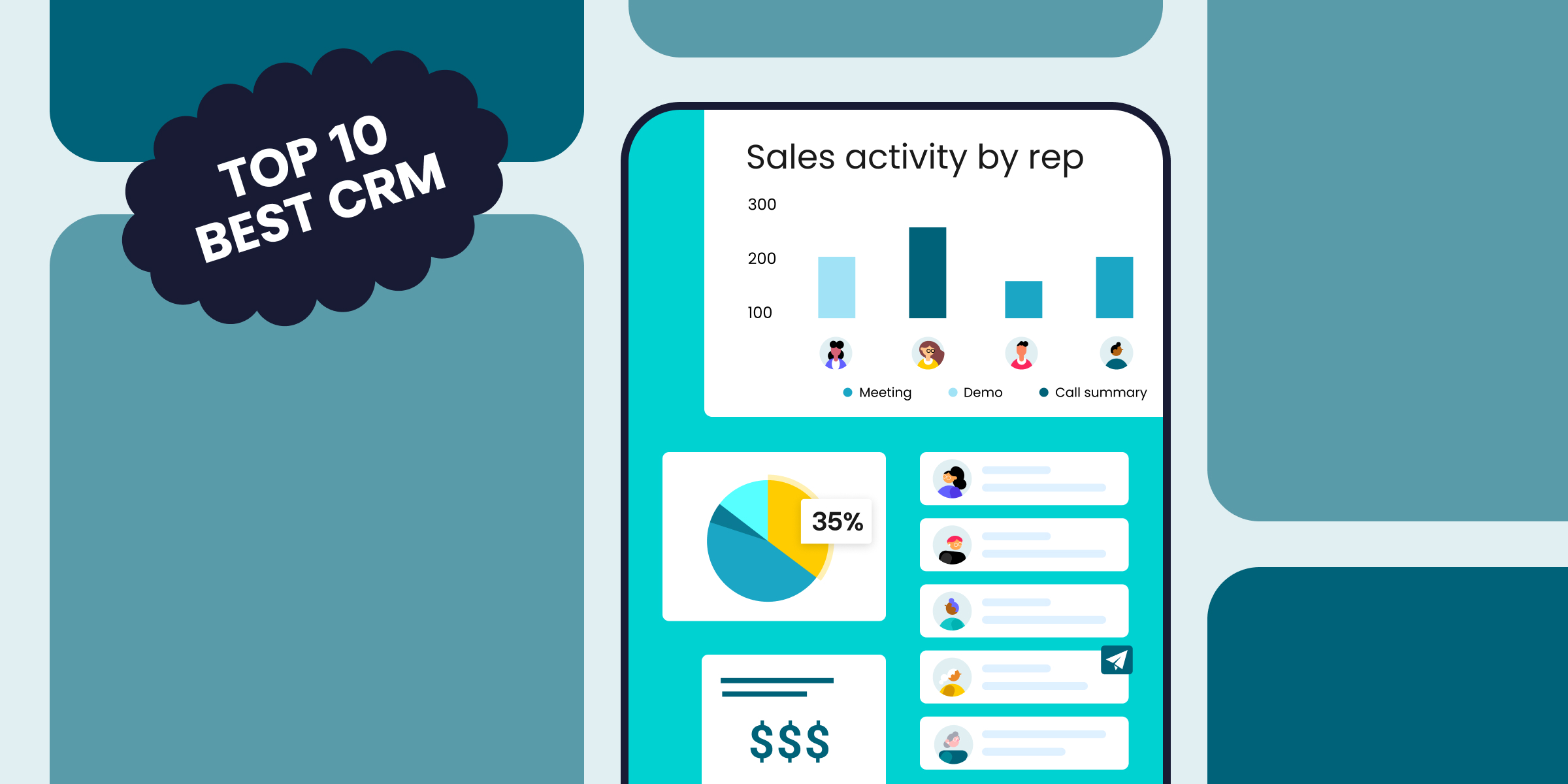
Introduction: The Power of Customer Loyalty in a Competitive Landscape
In today’s cutthroat business environment, acquiring new customers is often more expensive than retaining existing ones. That’s where the magic of customer loyalty comes in. It’s not just about repeat purchases; it’s about building a lasting relationship with your customers, turning them into brand advocates who sing your praises and keep coming back for more. But how do you cultivate this precious loyalty? The answer lies in a potent combination of Customer Relationship Management (CRM) systems, strategic marketing efforts, and rewarding loyalty programs. This comprehensive guide will delve into the intricacies of each, providing you with the knowledge and tools to build a thriving customer loyalty ecosystem.
Understanding the Pillars: CRM, Marketing, and Loyalty Rewards
Before we dive into the specifics, let’s establish a clear understanding of the three key pillars that support a successful customer loyalty strategy:
1. Customer Relationship Management (CRM): The Central Hub
A CRM system is more than just a contact database; it’s the central nervous system of your customer interactions. It’s where you store, organize, and analyze all the data related to your customers, from their contact information and purchase history to their preferences and communication interactions. A robust CRM system allows you to:
- Centralize Customer Data: Consolidate information from various sources into a single, accessible location.
- Improve Customer Understanding: Gain insights into customer behavior, needs, and preferences.
- Personalize Interactions: Tailor your communication and offers to individual customer segments.
- Streamline Sales and Marketing: Automate tasks, manage leads, and track the effectiveness of your campaigns.
- Enhance Customer Service: Provide faster, more efficient support and resolve issues promptly.
Choosing the right CRM system is crucial. Consider your business size, industry, and specific needs. Popular options include Salesforce, HubSpot, Zoho CRM, and Microsoft Dynamics 365. Each platform offers a range of features and pricing plans, so do your research and select the one that best fits your requirements.
2. Marketing: The Art of Engagement
Marketing is the bridge that connects your business to your customers. It’s about creating awareness, generating leads, and nurturing relationships. In the context of customer loyalty, marketing plays a vital role in:
- Communicating Value: Highlighting the benefits of your products or services and demonstrating why customers should choose you over the competition.
- Building Brand Awareness: Creating a strong brand identity and fostering a positive image in the minds of your target audience.
- Engaging Customers: Interacting with customers through various channels, such as email, social media, and content marketing.
- Driving Repeat Purchases: Encouraging customers to make additional purchases through targeted promotions and offers.
- Gathering Customer Feedback: Collecting insights into customer satisfaction and identifying areas for improvement.
Effective marketing strategies for customer loyalty include:
- Email Marketing: Sending personalized newsletters, promotional emails, and automated campaigns.
- Social Media Marketing: Engaging with customers on social media platforms, running contests, and building a community.
- Content Marketing: Creating valuable content, such as blog posts, articles, and videos, to educate and entertain your audience.
- Search Engine Optimization (SEO): Optimizing your website and content to rank higher in search engine results pages (SERPs).
- Paid Advertising: Running targeted advertising campaigns on platforms like Google Ads and social media.
3. Loyalty Rewards: The Sweetener of the Deal
Loyalty rewards programs are designed to incentivize repeat purchases and reward customers for their continued patronage. They are the tangible expression of your appreciation and a powerful tool for fostering loyalty. Key elements of a successful loyalty program include:
- Clear Value Proposition: Defining the benefits of joining the program and communicating them clearly to customers.
- Easy Enrollment: Making it simple for customers to sign up and start earning rewards.
- Attractive Rewards: Offering rewards that are relevant to your target audience and aligned with their preferences.
- Flexible Redemption Options: Providing various ways for customers to redeem their rewards, such as discounts, free products, or exclusive experiences.
- Personalized Experiences: Tailoring the rewards and communication to individual customer segments.
Common types of loyalty programs include:
- Points-Based Programs: Customers earn points for every purchase, which can be redeemed for rewards.
- Tiered Programs: Customers are assigned to different tiers based on their spending or engagement, with higher tiers offering more valuable rewards.
- Cashback Programs: Customers earn a percentage of their spending back in the form of cash or store credit.
- Subscription Programs: Customers pay a recurring fee for exclusive benefits, such as discounts, early access to products, or free shipping.
Integrating CRM, Marketing, and Loyalty Rewards: A Synergistic Approach
The true power of customer loyalty lies in the seamless integration of CRM, marketing, and loyalty rewards. When these three pillars work in harmony, you can create a powerful flywheel effect that drives customer engagement, retention, and advocacy.
1. Leveraging CRM for Targeted Marketing
Your CRM system provides a treasure trove of customer data that can be used to create highly targeted marketing campaigns. By segmenting your customer base based on demographics, purchase history, behavior, and preferences, you can tailor your messages and offers to resonate with specific groups. For example:
- Welcome New Customers: Automatically send a welcome email with a special offer or discount.
- Re-engage Inactive Customers: Send personalized emails to customers who haven’t made a purchase in a while, offering a special incentive to return.
- Promote Relevant Products: Recommend products based on customers’ past purchases or browsing history.
- Personalize Email Content: Address customers by name, include their purchase history, and tailor the content to their interests.
By using CRM data to inform your marketing efforts, you can increase the relevance of your messages, improve engagement rates, and drive conversions.
2. Utilizing Marketing to Drive Loyalty Program Enrollment and Engagement
Marketing plays a crucial role in promoting your loyalty program and encouraging customer participation. Use your marketing channels to:
- Announce Your Loyalty Program: Make sure your customers know about your loyalty program and the benefits of joining.
- Highlight Program Benefits: Clearly communicate the rewards and perks of your program.
- Incentivize Enrollment: Offer a special bonus or incentive for signing up.
- Promote Loyalty Program Offers: Regularly promote exclusive offers and promotions to loyalty program members.
- Track Program Performance: Monitor the performance of your marketing campaigns and make adjustments as needed.
By actively promoting your loyalty program through your marketing channels, you can increase enrollment, drive engagement, and build a loyal customer base.
3. CRM as the Engine of Loyalty Program Management
Your CRM system is the central hub for managing your loyalty program. It allows you to:
- Track Customer Points and Rewards: Automatically track customer points and rewards based on their purchases and engagement.
- Manage Customer Tiers: Assign customers to different tiers based on their spending or engagement.
- Automate Reward Redemption: Allow customers to redeem their rewards online or in-store.
- Personalize Loyalty Program Communication: Send personalized emails and messages to loyalty program members.
- Analyze Loyalty Program Performance: Track key metrics, such as enrollment rates, redemption rates, and customer lifetime value, to optimize your program.
By leveraging your CRM system to manage your loyalty program, you can streamline operations, personalize customer experiences, and maximize the impact of your program.
Best Practices for Building a Successful Customer Loyalty Strategy
Building a successful customer loyalty strategy requires careful planning, execution, and ongoing optimization. Here are some best practices to keep in mind:
1. Know Your Customers
The foundation of any successful customer loyalty strategy is a deep understanding of your customers. Collect data on their demographics, purchase history, behavior, and preferences. Use this data to segment your customer base and tailor your marketing and loyalty program efforts accordingly. Conduct surveys, analyze customer feedback, and monitor social media to gain insights into their needs and expectations.
2. Define Your Goals
Before implementing your loyalty program, define your goals and objectives. What do you want to achieve? Do you want to increase repeat purchases, improve customer retention, or drive brand advocacy? Setting clear goals will help you measure the success of your program and make adjustments as needed. Key performance indicators (KPIs) to consider include customer lifetime value (CLTV), customer retention rate, and Net Promoter Score (NPS).
3. Make it Easy to Join and Participate
The easier it is for customers to join and participate in your loyalty program, the more likely they are to do so. Simplify the enrollment process, offer multiple ways to earn points or rewards, and make it easy for customers to redeem their rewards. Ensure that your program is accessible across all devices and channels.
4. Offer Relevant and Valuable Rewards
The rewards you offer should be relevant to your target audience and aligned with their preferences. Consider offering a mix of rewards, such as discounts, free products, exclusive experiences, and early access to new products. Regularly evaluate your rewards program and make adjustments based on customer feedback and program performance.
5. Personalize the Customer Experience
Personalization is key to building strong customer relationships. Use your CRM system to personalize your communication, offers, and rewards. Address customers by name, tailor your messages to their interests, and offer exclusive benefits based on their individual preferences and behaviors. Personalization will make your customers feel valued and appreciated.
6. Communicate Regularly
Keep your customers informed about your loyalty program and the benefits of participation. Send regular emails, newsletters, and social media updates to promote your program, announce new offers, and highlight program benefits. Provide clear and concise information about how to earn and redeem rewards. Consistent communication keeps your program top-of-mind.
7. Gather Customer Feedback
Regularly solicit feedback from your customers to understand their needs and expectations. Conduct surveys, monitor social media, and analyze customer reviews. Use this feedback to improve your program, enhance your customer experience, and identify areas for improvement. Customer feedback is invaluable in building a successful and sustainable loyalty strategy.
8. Measure and Analyze Results
Track key metrics, such as enrollment rates, redemption rates, customer lifetime value, and customer retention rate, to measure the success of your loyalty program. Analyze your data to identify trends, understand customer behavior, and optimize your program. Use your insights to make data-driven decisions and continuously improve your customer loyalty strategy.
9. Stay Flexible and Adaptable
The business landscape is constantly evolving. Stay flexible and adaptable to changing customer preferences and market trends. Regularly review your loyalty program, make adjustments as needed, and be prepared to experiment with new strategies and technologies. The ability to adapt is crucial for long-term success.
10. Provide Exceptional Customer Service
Exceptional customer service is the cornerstone of any successful customer loyalty strategy. Train your employees to provide friendly, helpful, and efficient service. Resolve customer issues promptly and efficiently. Go above and beyond to exceed customer expectations and create positive experiences. Excellent customer service is a key differentiator and a powerful driver of customer loyalty.
Case Studies: Real-World Examples of Successful Loyalty Programs
Let’s take a look at a few real-world examples of successful loyalty programs to inspire your own efforts:
1. Starbucks Rewards
Starbucks Rewards is a prime example of a successful loyalty program. Customers earn stars for every dollar spent, which can be redeemed for free drinks, food, and merchandise. The program offers a tiered system, with higher tiers unlocking exclusive benefits and personalized offers. The Starbucks app makes it easy for customers to order and pay, track their rewards, and manage their account. The program is deeply integrated with the Starbucks brand and reinforces the company’s commitment to providing a premium customer experience. The success of Starbucks Rewards is evident in the high participation rates and the significant contribution it makes to the company’s revenue.
2. Sephora Beauty Insider
Sephora’s Beauty Insider program is a highly effective loyalty program that rewards customers for their purchases and engagement. The program offers a tiered system, with higher tiers unlocking exclusive benefits, such as early access to new products, free gifts, and invitations to exclusive events. The program also provides personalized recommendations, tailored offers, and beauty advice. The Sephora app and website make it easy for customers to track their points, redeem rewards, and manage their account. The Beauty Insider program has been instrumental in driving customer loyalty and repeat purchases for Sephora.
3. Amazon Prime
Amazon Prime is a subscription-based loyalty program that offers a wide range of benefits, including free shipping, access to streaming video and music, and exclusive discounts. Prime members also enjoy early access to deals and promotions. The program is designed to incentivize customers to shop more frequently on Amazon and to become more deeply integrated with the Amazon ecosystem. The success of Amazon Prime is evident in the massive number of subscribers and the significant contribution it makes to Amazon’s revenue. Prime’s value proposition is compelling, making it a sticky program that drives customer loyalty and retention.
Challenges and Pitfalls to Avoid
While customer loyalty programs can be incredibly effective, there are also potential challenges and pitfalls to be aware of:
- Lack of Value: If your rewards are not valuable or relevant to your customers, your program will fail to attract and retain members.
- Complex Enrollment Process: A complicated or cumbersome enrollment process can discourage customers from joining.
- Poor Communication: Failure to communicate clearly about your program, its benefits, and how to participate can lead to confusion and disengagement.
- Lack of Personalization: Generic offers and communication will fail to resonate with your customers.
- Ignoring Customer Feedback: Failing to listen to and respond to customer feedback can lead to dissatisfaction and program abandonment.
- Data Privacy Concerns: Failing to protect customer data and comply with privacy regulations can damage your reputation and erode trust.
- Program Fatigue: Offering the same rewards and promotions over and over again can lead to program fatigue.
- Difficulty Measuring ROI: Failing to accurately track and measure the return on investment (ROI) of your program can make it difficult to justify its continued investment.
By being aware of these potential pitfalls and taking steps to mitigate them, you can increase your chances of building a successful and sustainable customer loyalty program.
The Future of Customer Loyalty: Trends to Watch
The customer loyalty landscape is constantly evolving. Here are some trends to watch:
- Personalization: The trend toward personalization will continue to grow, with businesses using data and AI to tailor offers, recommendations, and experiences to individual customer preferences.
- Gamification: Gamification, the use of game-like elements, will be increasingly used to engage customers and incentivize participation in loyalty programs.
- Mobile-First Approach: Loyalty programs will increasingly be integrated with mobile apps and platforms, providing customers with easy access to rewards and personalized experiences.
- Experiential Rewards: Businesses will increasingly offer experiential rewards, such as exclusive events, access to premium content, and personalized services.
- Subscription Models: Subscription-based loyalty programs will continue to gain popularity, offering customers ongoing value and fostering long-term relationships.
- Integration with Emerging Technologies: Businesses will leverage emerging technologies, such as AI, machine learning, and blockchain, to enhance their loyalty programs and provide more personalized and secure experiences.
- Focus on Sustainability and Social Responsibility: Customers are increasingly interested in supporting businesses that are committed to sustainability and social responsibility. Loyalty programs will increasingly incorporate these values, offering rewards for eco-friendly behavior or donations to charitable causes.
By staying ahead of these trends, you can ensure that your customer loyalty strategy remains relevant and effective in the years to come.
Conclusion: Building a Loyal Customer Base is a Journey
Building a loyal customer base is not a destination; it’s a journey. It requires a strategic approach, a commitment to customer understanding, and a willingness to adapt and evolve. By leveraging the power of CRM, marketing, and loyalty rewards, you can create a powerful ecosystem that drives customer engagement, retention, and advocacy. Remember to:
- Know your customers.
- Define your goals.
- Make it easy to join and participate.
- Offer relevant and valuable rewards.
- Personalize the customer experience.
- Communicate regularly.
- Gather customer feedback.
- Measure and analyze results.
- Stay flexible and adaptable.
- Provide exceptional customer service.
By following these best practices, you can build a strong customer loyalty program that drives business growth and creates lasting relationships with your customers. Embrace the power of CRM, marketing, and loyalty rewards, and watch your business flourish.


